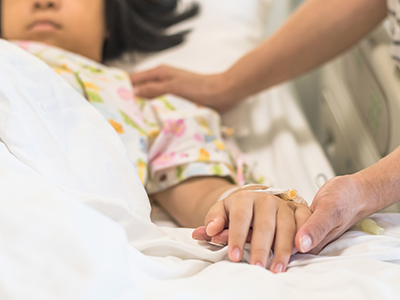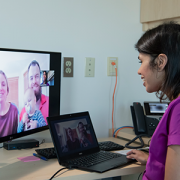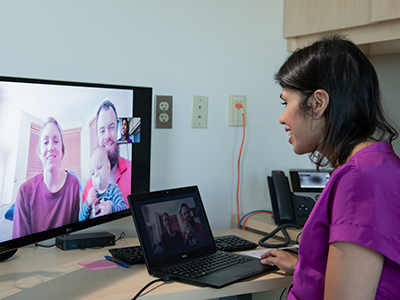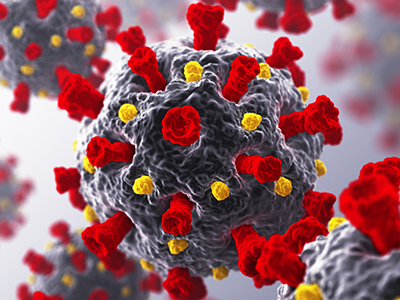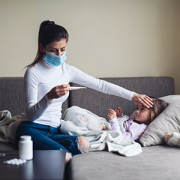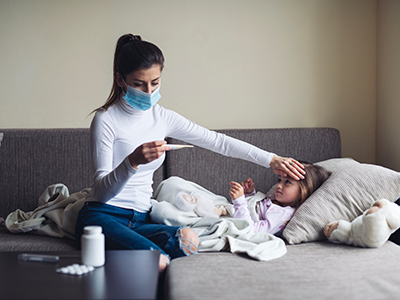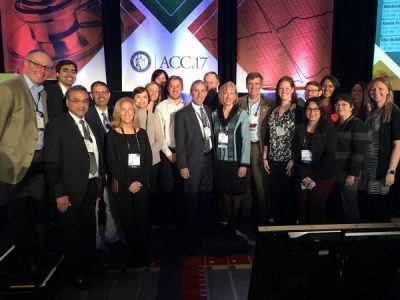Commentary calls out important updates to American Heart Association statements on Kawasaki disease
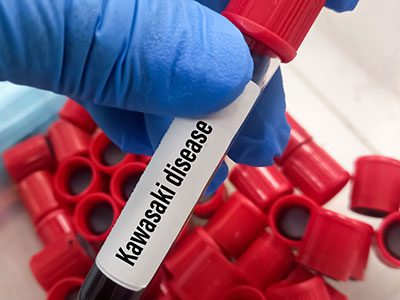
Kawasaki disease remains an orphan disease with rare but fatal complications.
A “Perspectives” article drafted by international experts in Kawasaki disease including Ashraf Harahsheh, MD, cardiologist and director of the Kawasaki Disease Program at Children’s National Hospital, highlights critical updates from the November 2024 Update on Diagnosis and Management of Kawasaki Disease: A Scientific Statement from the American Heart Association.
The commentary, appearing in the journal Pediatrics, was drafted by some of the original American Heart Association (AHA) statement authors, including Dr. Harahsheh, to call particular attention to the changes most relevant for pediatric primary care and emergency medicine practitioners.
What it means
The first AHA statement on Kawasaki disease was issued in 2017 and refined an incomplete diagnosis algorithm developed in 2004. That earlier statement outlined coronary arteriopathy stages, addressed treatments for when intravenous immunoglobulin was not effective, introduced coronary risk stratification and tailored long-term management based on whether the coronary artery was affected by the disease.
The 2024 statement sought to incorporate updated evidence and provide new guidance for practitioners based on that new evidence. These updates also consider the appearance of multisystem inflammatory syndrome in children (MIS-C), caused by exposure to SARS-CoV-2 a new condition for consideration as part of differential diagnosis for Kawasaki disease.
Why it matters
Kawasaki disease remains an orphan disease with rare but fatal complications. The 2024 updated statement provided expert analysis of the latest data, and a “roadmap for those suspected to have Kawasaki disease in their primary care provider’s office or in the emergency department” It also refines who is considered high risk for developing coronary artery aneurysm and advocates for intensification of therapy in that group. Finally, the article discusses new anti-coagulation therapies in children with giant coronary artery aneurysm.
According to the commentary authors, identifying possible Kawasaki disease as early as possible, at 4 to 5 days of fever and within 10 days of fever onset, is critical to implement treatments and reduce the risk of coronary artery aneurysms, a potentially deadly complication. This is where informed primary care or emergency department practitioners may be crucial to identifying Kawasaki disease before complications occur.
The commentary also calls attention to short- and long-term care of these patients, including needed follow-up and how primary care and emergency department providers can identify acute coronary syndrome occurring in children with Kawasaki disease at early stages to ensure swift treatment of this complication.
Read the entire commentary in Pediatrics: Comparing the 2024 and 2017 Kawasaki Disease Statements From the American Heart Association


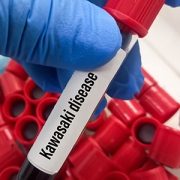
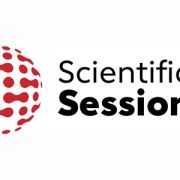
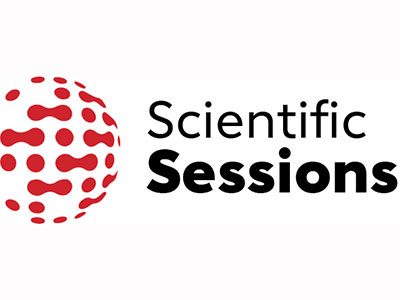 Experts from Children’s National Heart Center presented and shared their latest research findings at this year’s American Heart Association (AHA) Scientific Sessions, held in Chicago, Illinois, in mid-November.
Experts from Children’s National Heart Center presented and shared their latest research findings at this year’s American Heart Association (AHA) Scientific Sessions, held in Chicago, Illinois, in mid-November.
